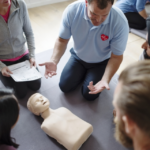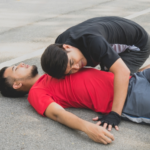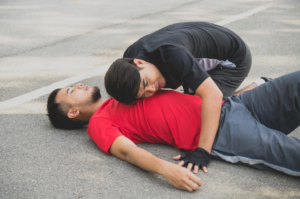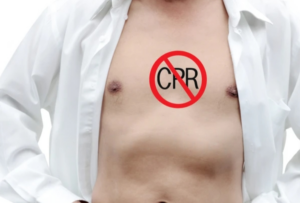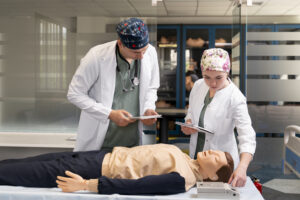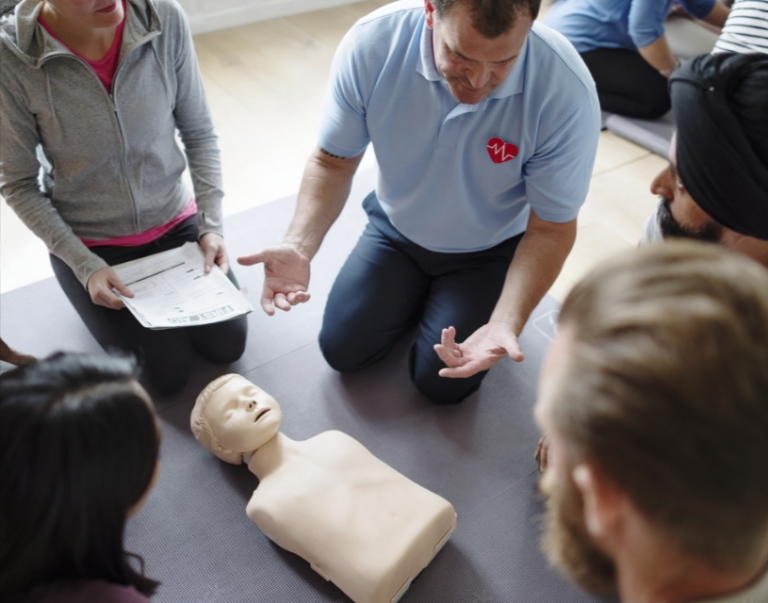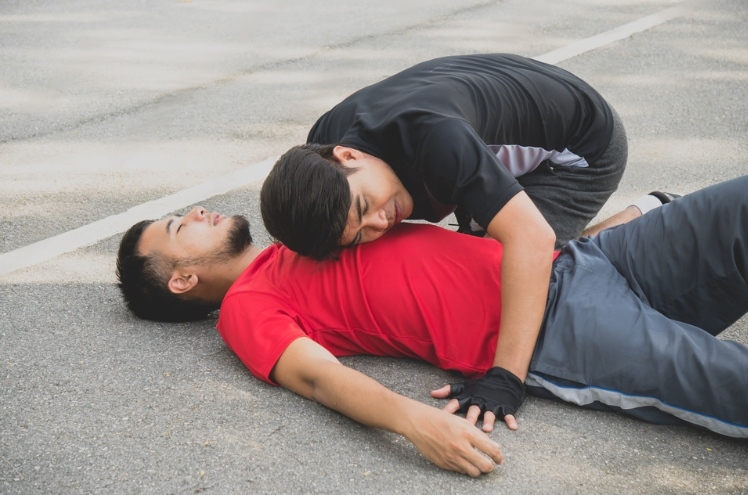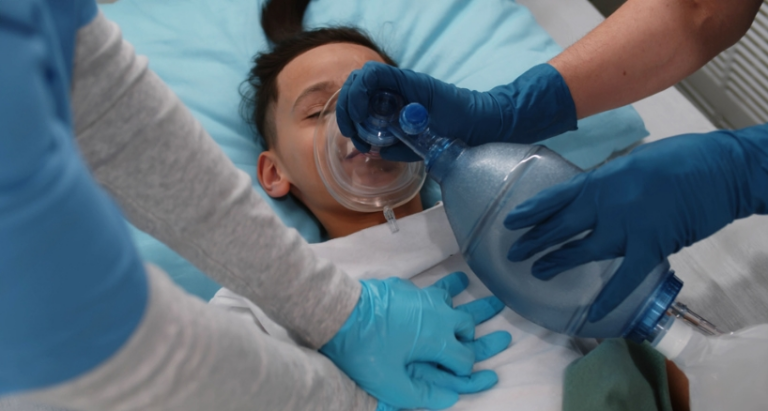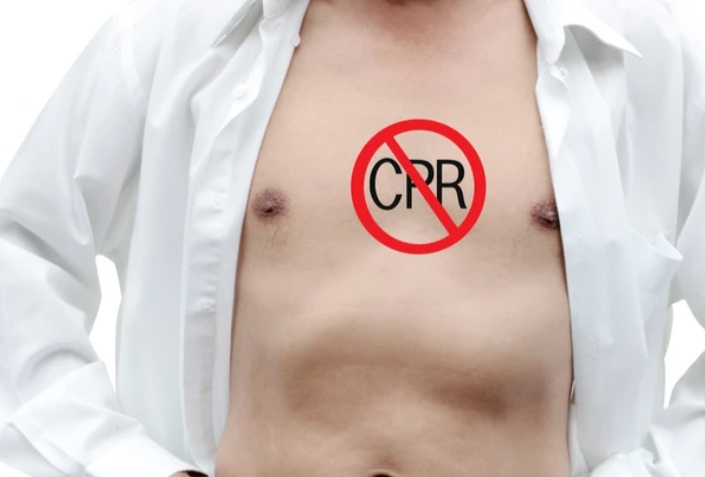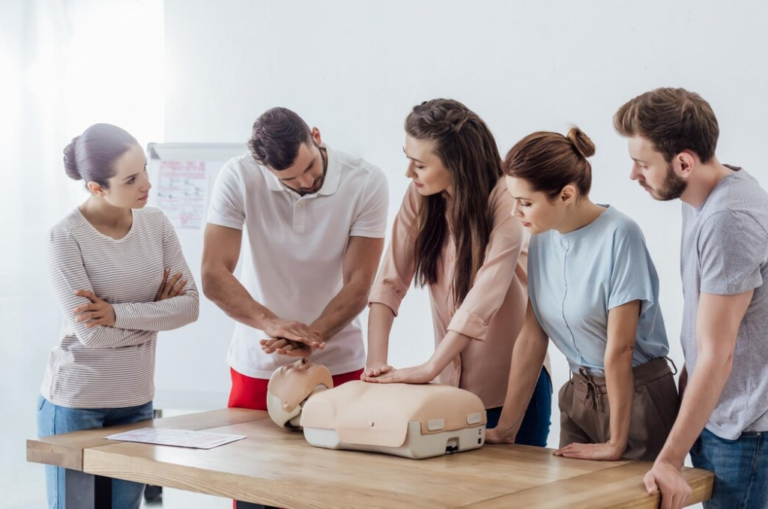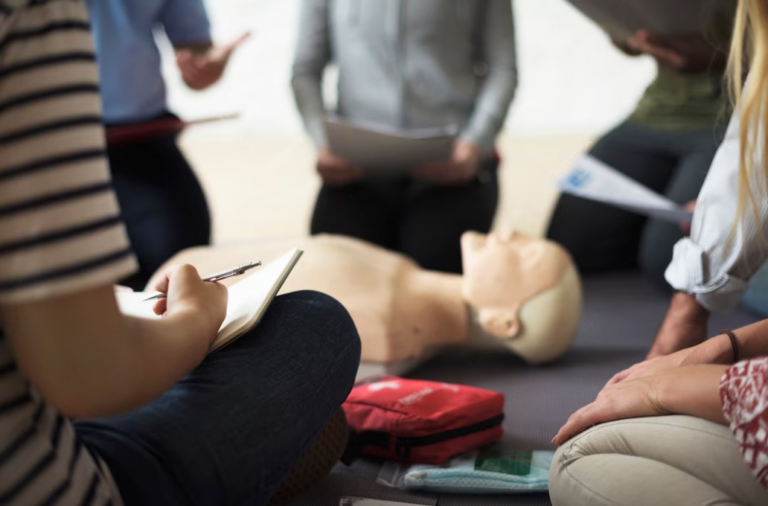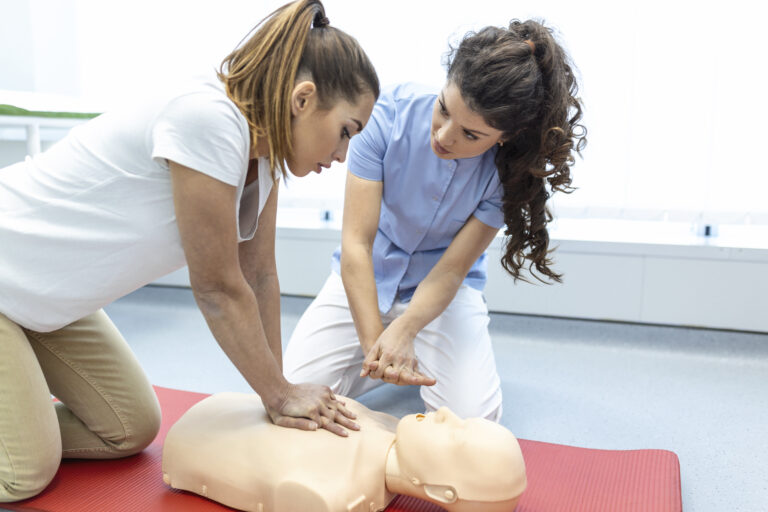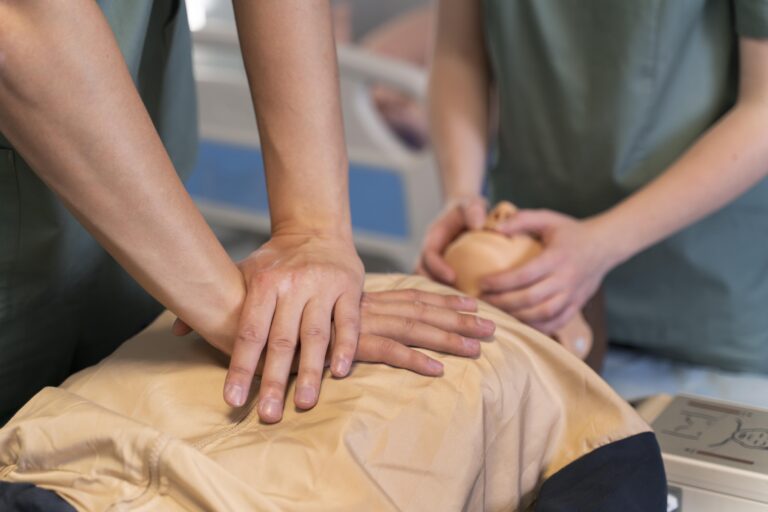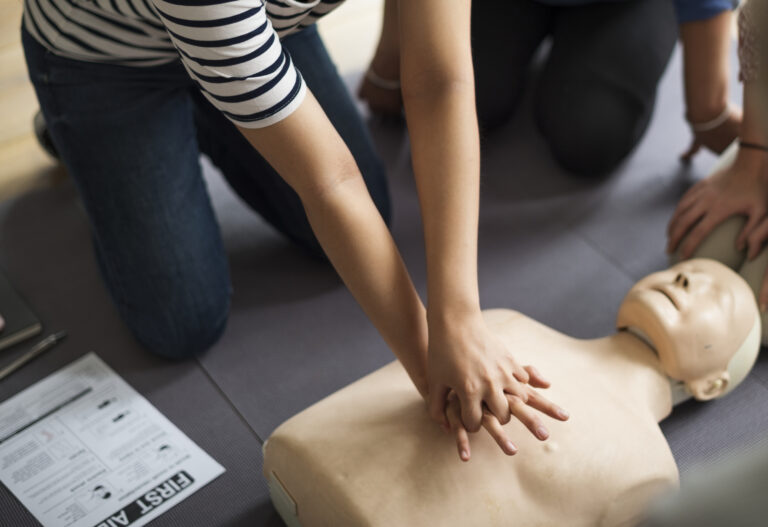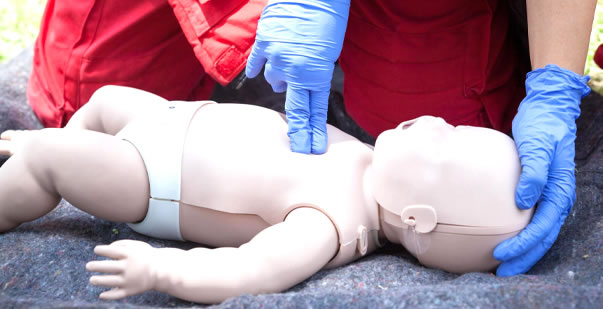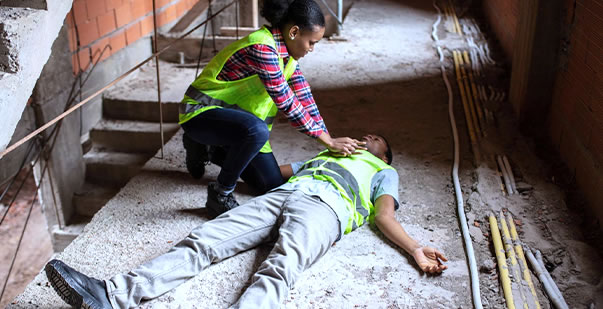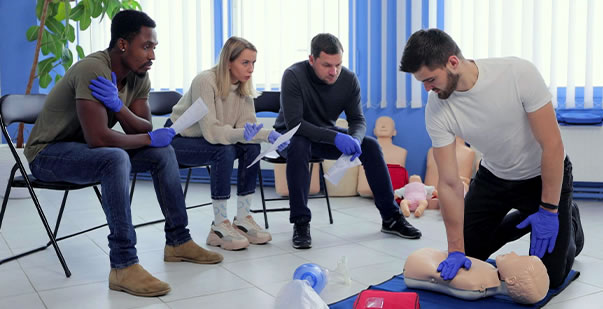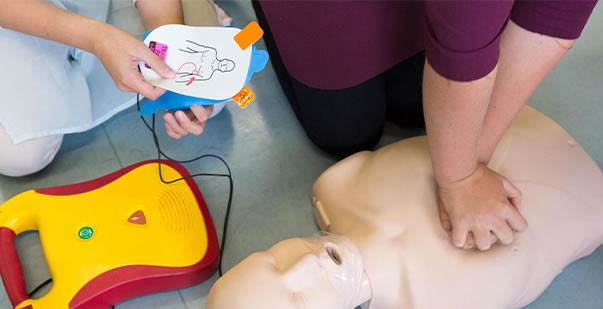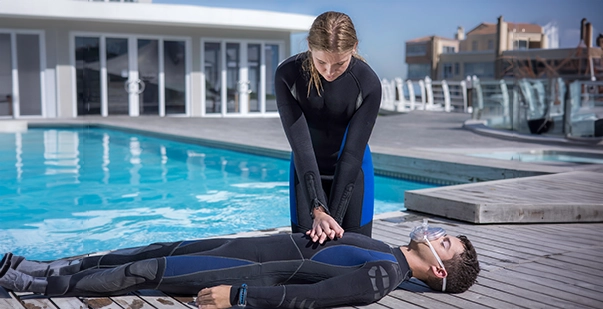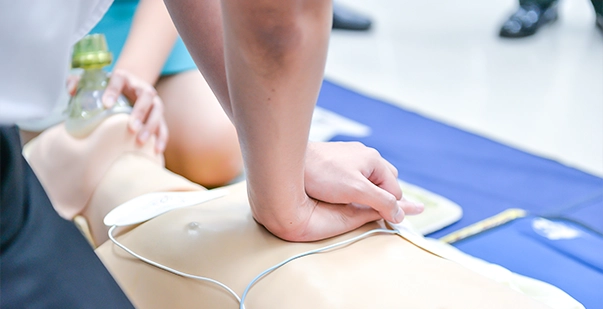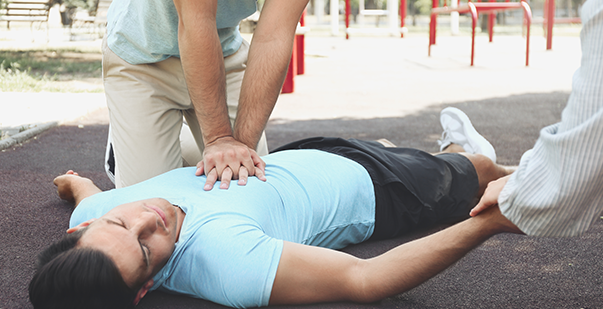Imagine you’re at the park with your friends, having a great time, when suddenly, you notice someone collapse and stop breathing. Or maybe you’re babysitting your baby cousin, and she stops breathing or picture yourself at a family gathering, and your little sister accidentally chokes on some food. She can’t breathe, and everyone around is scared and unsure of what to do.
Panic sets in, but you remember learning about CPR – a life-saving skill that can help people in emergencies like these. Did you know that CPR is used to revive someone’s heart and breathing? It’s essential to know how to do CPR for different age groups, as the techniques vary depending on the person’s size and age. Thanks to your knowledge, you can act confidently and keep them safe until help arrives.
CPR Guidelines for Adults: Saving Lives in an Emergency
Here are the CPR guidelines for adults:
- Check for Danger: Before you do anything, make sure the area is safe for you and the person. Look around for any potential dangers like traffic or electrical hazards.
- Tap and Shout: Approach the person and gently tap their shoulder while shouting, “Are you okay?” to see if they respond.
- Call for Help: If the person doesn’t respond, ask someone nearby to call emergency services (911 or your local emergency number). If you’re alone, call for help first before starting CPR.
- Check for Breathing: Lean over the person’s mouth and nose, and look, listen, and feel for any signs of breathing for about 10 seconds. If they’re not breathing or only making gasping sounds, it’s time to start CPR.
- Perform Chest Compressions: Place your hand on the center of the person’s chest, right between their nipples. Lock your other hand on top of the first and keep your arms straight. Push hard and fast, about 100-120 compressions per minute.
- Give Rescue Breaths (Optional): If you’re trained and comfortable doing so, after 30 compressions, you can give two rescue breaths. Afterward, you should also tilt the victim’s head back slightly and lift the chin. Pinch their nose, and cover their mouth. Use your mouth to do so. Then give two breaths that make their chest rise.
- Continue CPR Until Help Arrives: Keep doing CPR until emergency help arrives or the person starts breathing on their own.
- Use an AED (Automated External Defibrillator): If an AED is available, switch that device on and follow the voice prompts. Place the pads on the person’s chest as shown and allow the AED to analyze the heart rhythm. If it advises a shock, make sure nobody touches the person or victim, and press the shock button.
- Don’t Give Up: CPR can be tiring, but remember, you’re helping to save a life! Keep going until trained medical professionals take over.
Performing CPR on Children: Tailored Techniques for Younger Individuals
Here are the CPR guidelines for children:
- Check for Danger: Before you help someone, make sure the area is safe.
- Ask for Help: Ask someone to call 911.
- Check for Responsiveness: Gently tap the child and shout, “Are you okay?” If there is no response, help the child.
- Chest Compressions: If the child is not breathing or only gasping, you can do chest compressions. Place one of your hands on the center of their chest (between the nipples) and use both hands. Push hard and fast, like you’re pumping their heart, about 2 inches deep. Repeat this 30 times.
- Rescue Breaths (Optional): If you learned how to do rescue breaths, you can give two breaths after the 30 chest compressions. Tilt the child’s head back a little, pinch their nose shut, and cover their mouth with your mouth. Give two breaths that make their chest rise.
- Use an AED: If there’s an AED around, turn it on and follow the instructions. Stick the pads on the child’s chest as shown in the pictures on the AED, and let it do its job.
- Stay Calm: Don’t panic and stay calm in this condition for better impact.
- Don’t Stop Trying: Even if you get tired, remember that you’re making a big difference.
CPR for Infants: Lifesaving Measures for our Littlest Ones
Here are the CPR guidelines for infants:
- Check for Danger: Look around to make sure it’s safe for you and the baby.
- Ask for Help: If the baby doesn’t respond, call 911.
- Check for Breathing: Look, listen, and feel for breaths for about 10 seconds. If the baby is not breathing or only gasping, it’s time to do CPR.
- Chest Compressions: Use two fingers in the middle of the baby’s chest, just below the nipple line. Push down about 1.5 inches deep. Do this 30 times fast and hard.
- Rescue Breaths (Optional): If you know how to give the baby two gentle breaths after the chest compressions. Cover their mouth and nose and blow in 2 rescue breaths with yours.
- Keep Going: Do 30 chest compressions followed by 2 rescue breaths so that the baby starts breathing on its own.
- Stay Calm and Keep Trying: It’s important to stay calm and do your best to help the baby.
Conclusion
Learning CPR for different age groups can be a crucial life-saving technique or skill that can make a significant difference in emergencies. Whether it’s for infants, children, or adults, knowing how to perform CPR can turn anyone into a hero. By being prepared, staying calm, and taking action, you can be someone who saves lives and brings hope to those facing life-threatening situations. So, take the time to learn CPR, because you never know when your knowledge and quick actions might just save someone’s life. You can search for American HealthCare Academy on our website CPR Care Near Me.



